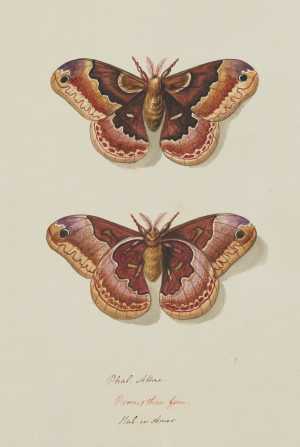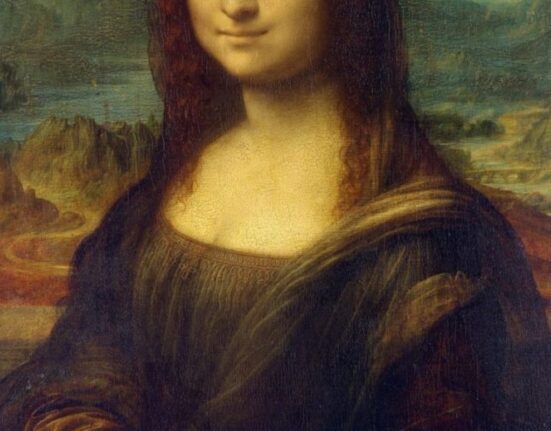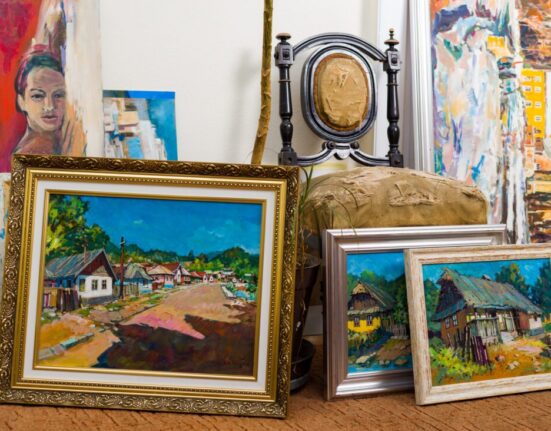Last year saw the fine art market thrive as an investment option. According to The Wealth Report 2023, published by Knight Frank, art was a top investment performer in 2022, for collectors, connoisseurs and savvy UHNWs understanding that fine art is a profitable investment option.
In the evolving investment world, fine art has always held the attention of discerning investors. Though the initial allure lies in acquiring beautiful masterpieces, investment in fine art is a multifaceted endeavour requiring a deep understanding of its intricacies.
Planning for the long term
If you’re considering including fine art within your investment portfolio and long-term financial planning strategy, you need to look at the whole picture.
The fine art investment space is gaining traction because investors are increasingly recognising its unique qualities and the tangible benefits. Fine art introduces a refreshing dimension to your wealth strategy, moving beyond traditional assets like stocks and bonds. Its inherent tangibility provides a counterbalance to intangible financial assets, diversifying your portfolio and reducing some of the risks associated with financial markets. This low correlation can help to hedge against market volatility.
Art prices are influenced by several factors like cultural trends, historical significance, and individual taste, which differ significantly from the factors governing stock and bond markets. Though this makes them more speculative when it comes to discerning their true value, tangible assets can shield investors from turmoil in those markets, contributing to a more resilient investment strategy.
While its potential for financial appreciation is a significant draw, fine art brings with it aesthetic and emotional appeal. Art is not merely a financial asset; it’s an artistic treasure that can be admired and appreciated, enriching your life beyond simple monetary gain.
Importantly, fine art can be seamlessly integrated into estate planning, allowing investors to shape their legacy and share their passion for art with future generations. Whether as a valuable heirloom, a donation to a cultural institution, or a philanthropic contribution, art offers versatile options for long-term planning.
However, before you invest, you need to understand who the prominent artists of the era are, what art movements are currently in vogue, and what historical periods resonate with today’s collectors. You’ll need to remain abreast of trends as the sector evolves over time. The right professional advice should provide you with in-depth knowledge of these factors to help inform strategic investment decisions.
SJP Private Clients’ Iain McLeod
Mitigate the risks
Though the world of fine art investment offers tremendous potential, it’s not without its challenges and understanding and mitigating these risks is vital.
Firstly, art investments are completely unregulated, which brings with it certain risks. For example, the allure of art can sometimes attract forgers and counterfeiters. Advice and due diligence are essential in avoiding misrepresented artwork. On top of this, the art market is not immune to speculative pricing, where the value of a piece can be artificially inflated. Avoiding overpayment necessitates a keen understanding of market dynamics and the true worth of an artwork.
The subjective nature of art means that preferences can metamorphose at an astonishing pace. What is a valuable piece today may not elicit the same fervour tomorrow. Illiquidity is something to consider as the process of selling art is not swift, often misaligned with immediate liquidity needs.
Whether you’re intending to sell, donate or include in your Will, you will need to have your fine art valuated as an ongoing process. This is crucial if you’re including the assets within your long-term financial plan, particularly as the value of art fluctuates with changes in taste, market trends, and the evolution of an artist’s career. Regular valuations ensure you have an up-to-date understanding of the worth of your collection.
On top of this, you should keep records of any costs you incur maintaining your art, such as restoration costs, commission paid to art dealers, and professional valuations fees – all of which will help optimise the capital gains tax position in the event of a sale or gift.
Though investing in fine art is undeniably a captivating and potentially lucrative option, wisdom dictates that art should not constitute the entirety of your estate but serve as a part of a diversified, long-term investment portfolio. Particularly as art transactions could trigger tax obligations, such as Capital Gains Tax (CGT) and Inheritance Tax (IHT).
The Yellow Tree by David Austen, 2010
Courtesy of Sheffield Museums Trust, © David Austen
Long-term financial strategy
Working with a trusted financial advisor is essential when building a long-term financial plan, which incorporates fine art within your wider investment strategy and estate plan, because they understand the financial implications, tax considerations, and the role art can play in your overall strategy.
One of the most important aspects to understand are the tax implications. Fine art investment may offer various tax advantages, including gifting, charitable donations, and cultural gifts. These strategies can be employed to reduce your tax liabilities.
Pre-eminent works
There are certain advantages when your art is classified as ‘pre-eminent’. Since 2012, the government has encouraged lifetime gifting of pre-eminent works of art to the nation [through the Cultural Gifts Scheme], by providing income tax, capital gains tax and corporation tax (for companies) incentives for doing so. Certain conditions regarding the pre-eminent nature of the piece still need to be met, and the new owner must also allow reasonable public access among other conditions.
Furthermore, certain works of art which are considered pre-eminent for their national, scientific, historic, or artistic interest may be exempt [or deferred] from CGT and IHT subject to certain conditions being met. One of these conditions is allowing reasonable access for the public, which can be met by loaning the item to a public museum or gallery.
It may also be possible to use preeminent works of art in satisfaction of an IHT liability, under the ‘acceptance-in-lieu’ scheme, but again, certain conditions must be met. It’s important to plan for this in advance and to have up-to-date valuations of pieces. It may be better to have a more holistic IHT strategy which would help to retain the assets within the family – i.e., rather than finding yourself having to use art to satisfy an IHT liability – which is why one of the most worthwhile things you can do is work with a trusted financial adviser, who can help you create a long-term plan, factoring in all solutions to help you manage your IHT planning.


Huggate’s St Mary’s Church Spire, August 2005, by David Hockney.
Richard Schmidt, © David Hockney
Tax benefits
Not everyone will own fine art which qualifies as pre-eminent, but there are still important tax benefits to consider for other art. While gifts of fine art do not qualify for Gift Aid, they are free of inheritance tax and capital gains tax at the point of gift to a qualifying charity.
Furthermore, if the gift of fine art to a charity is made in the will and represents more than 10% of their net estate, the overall rate of IHT for the rest of the estate will be reduced from 40% to 36%, giving further savings for beneficiaries.
Contrast this with gifting the piece to a son or daughter during your lifetime, which would trigger CGT at the point of gift, and would be a potential exempt transfer for IHT purposes – meaning there could be IHT implications for at least seven years.


Female of Callosamia promethea (Drury, 1773). A drawing by Sarah Stone.
Courtesy of the Natural History Museum
The art of the matter
Fine art, with its historical and aesthetic significance, may become a part of your family’s identity, making it a crucial part of your estate planning. A financial advisor can help you find the right place for art within your overall investment and tax planning strategy. This will include having a strategy in place to mitigate the relevant taxes in lifetime or have a strategy in place to meet the IHT while preserving your fine art – whether your intentions are to pass it down to future generations, donate it to a cultural institution, or utilise for philanthropic endeavours.
Fine art, while a valuable and enjoyable asset, can be subject to changing trends and taste, making it an uncertain sole investment. Whatever your investment strategy looks like, diversification, sensible asset allocation and seeking trusted financial advice are always key to mitigating risk and ensuring financial stability for the future.
Trusted financial advice will ensure that your fine art remains an important piece of your overall collection of wealth, whilst ensuring you have long term financial security and the liquidity you need to meet your lifestyle objectives.
For more information, see sjp.co.uk






